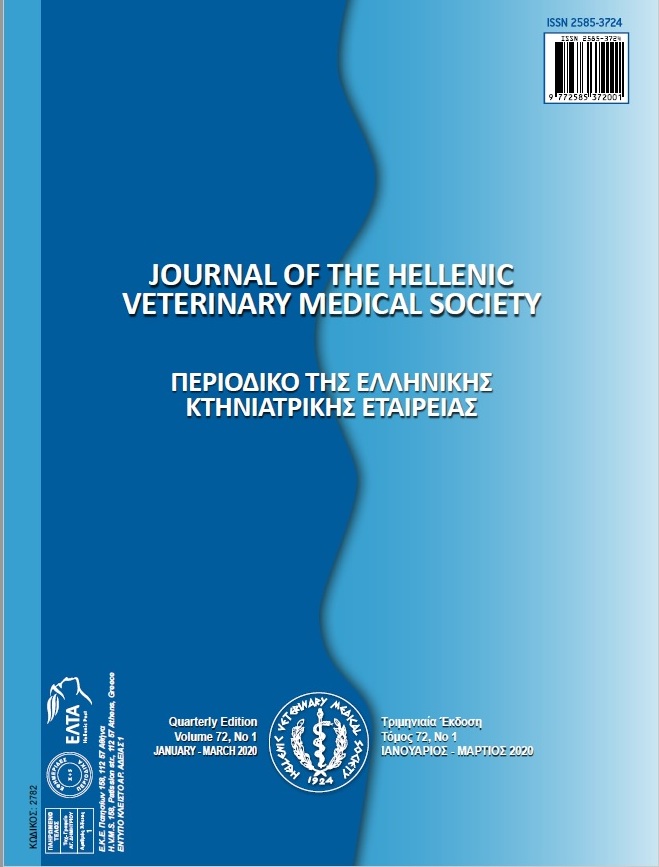A clinical survey on the electrocardiogram after intravenous granisetron hydrochloride administration in clinically normal dogs

Abstract
Cardiac side effect of 5-hydroxytryptamine-3 receptor antagonists has been a concern for clinicians. There is a substantial need for greater clarity about the safety of granisetron hydrochloride, an antiemetic agent of this class used in oncological and parvoviral gastroenteritis with acute vomiting in dogs. This study aimed to assess the electrocardiographic effects of a single dose of intravenous granisetron. We randomly assigned 16 adult crossbreed female healthy dogs into two groups of intervention and control and injected them intravenously with granisetron and normal saline, respectively, at a dose of 0.5 ml/kg over one minute. Standard electrocardiography (ECG) was recorded at the baseline, as well as 5, 15, 30, 60, 120, 360, and 720 minutes after the intervention. Heart rate and ECG parameters (PR intervals, QRS duration, ST-segment, T-wave amplitudes, QT, JT, QTc and JTc intervals) were evaluated in lead II.No significant difference was observed between the intervention and the control groups in any of the measured variables at any of the time-points. Mean values of measured parameters showed no significant difference compared with baseline values in the control group, while the granisetron group saw statistically significant but clinically asymptomatic changes in heart rate, PR, QRS, QT, JT, and QTc at different time-points, compared to the baseline values (P<0.05). In conclusion, Granisetron administration was not associated with clinically significant adverse effects on ECG variables or heart rate. Thus, it can be regarded as a relatively safe drug.
Article Details
- How to Cite
-
GHAEMI, H., SALARI SEDIGH, H., & SELK GHAFFARI, M. (2021). A clinical survey on the electrocardiogram after intravenous granisetron hydrochloride administration in clinically normal dogs. Journal of the Hellenic Veterinary Medical Society, 72(1), 2695–2702. https://doi.org/10.12681/jhvms.26754
- Issue
- Vol. 72 No. 1 (2021)
- Section
- Research Articles

This work is licensed under a Creative Commons Attribution-NonCommercial 4.0 International License.
Authors who publish with this journal agree to the following terms:
· Authors retain copyright and grant the journal right of first publication with the work simultaneously licensed under a Creative Commons Attribution Non-Commercial License that allows others to share the work with an acknowledgement of the work's authorship and initial publication in this journal.
· Authors are able to enter into separate, additional contractual arrangements for the non-exclusive distribution of the journal's published version of the work (e.g. post it to an institutional repository or publish it in a book), with an acknowledgement of its initial publication in this journal.
· Authors are permitted and encouraged to post their work online (preferably in institutional repositories or on their website) prior to and during the submission process, as it can lead to productive exchanges, as well as earlier and greater citation of published work.


